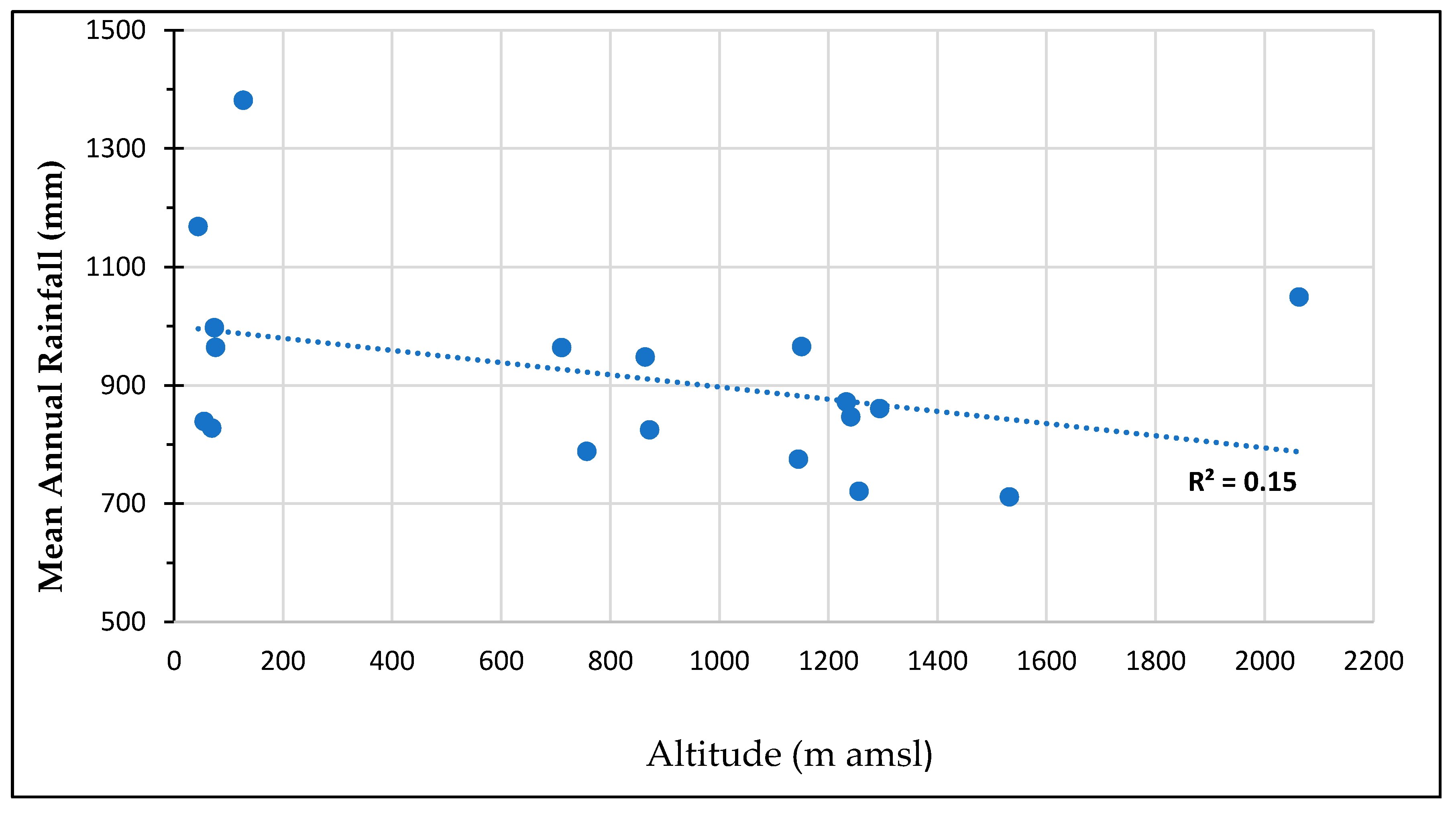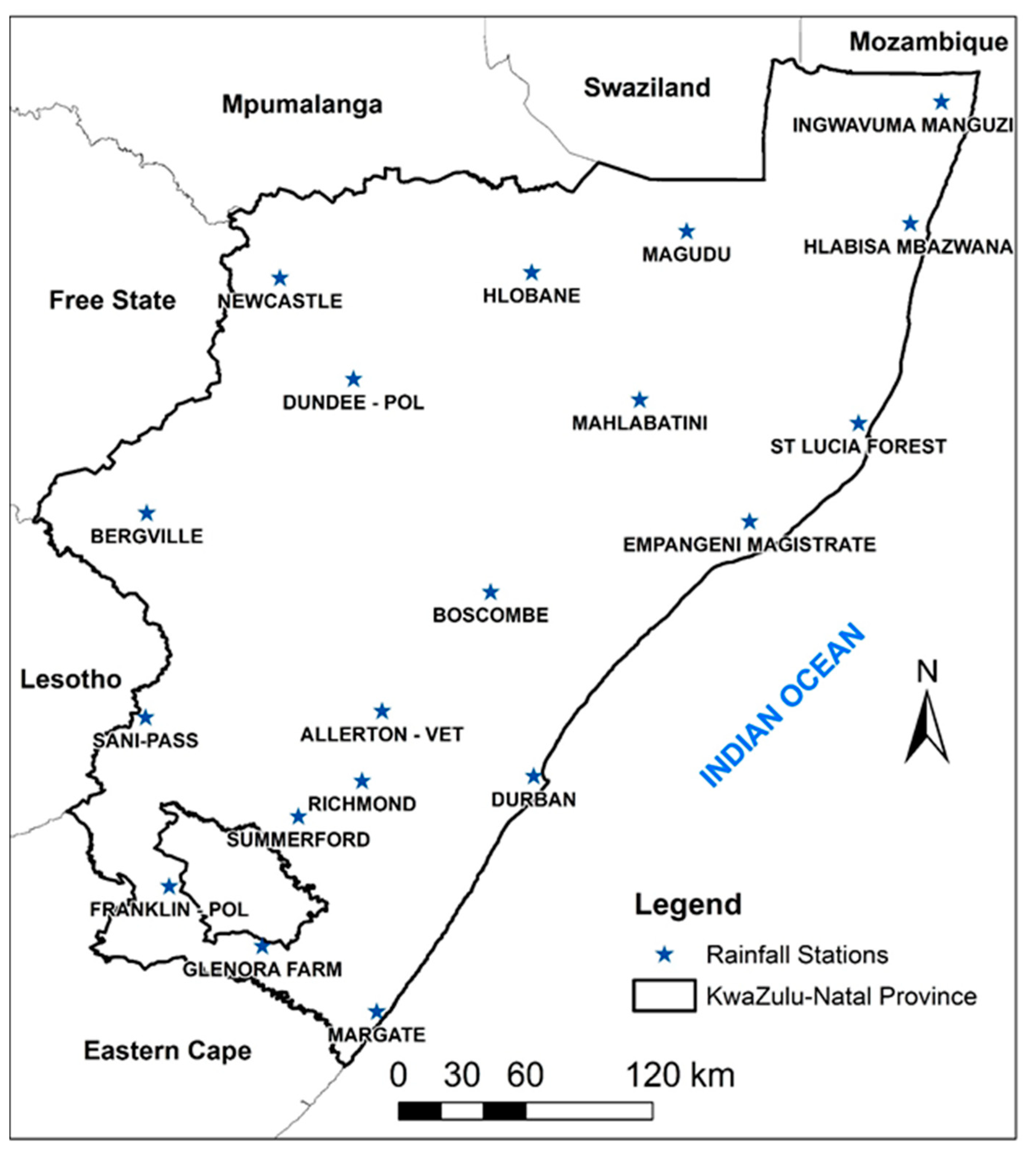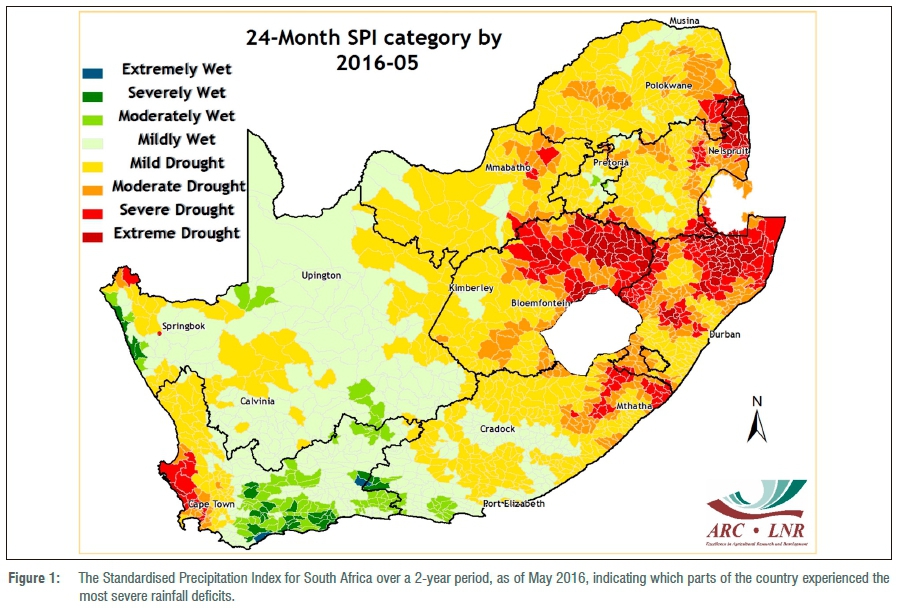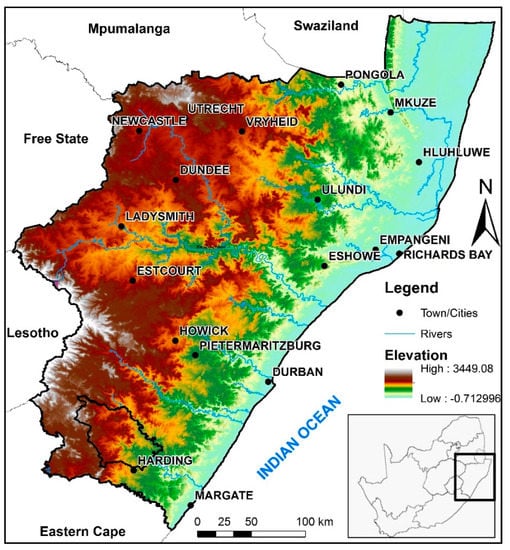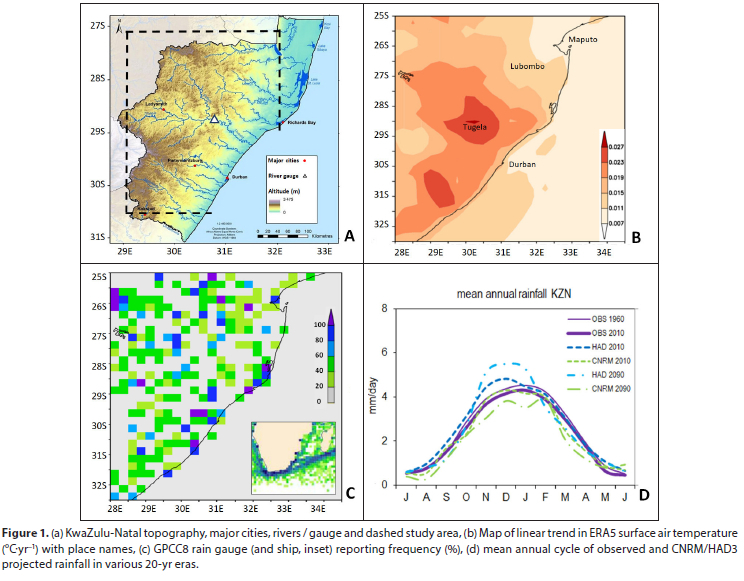Hypothesis Of Drought In Kwazulu Natal
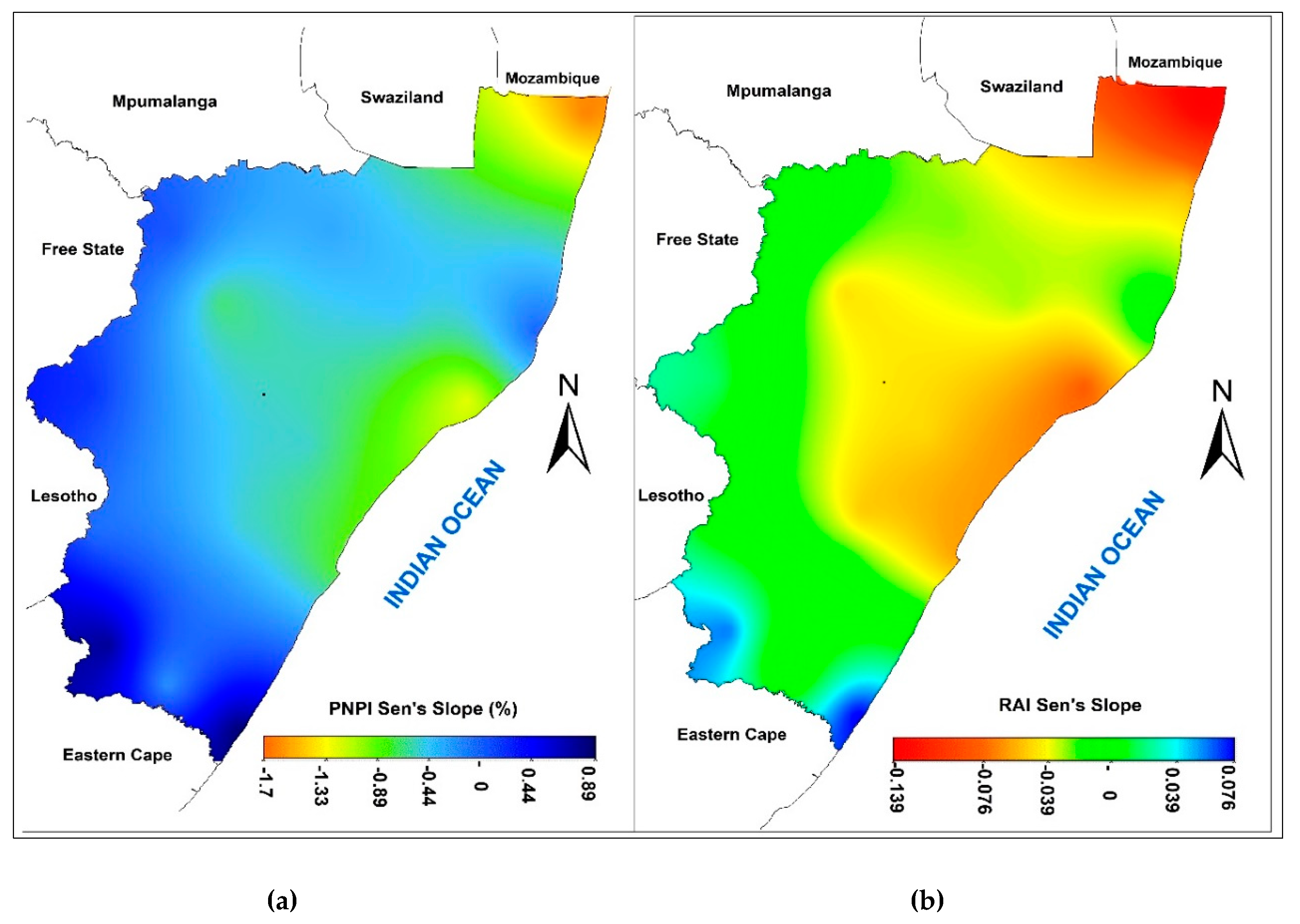
Durban, South Africa – Recent data and analyses suggest that KwaZulu-Natal (KZN) province is facing a heightened risk of a severe drought, potentially impacting agriculture, water resources, and livelihoods across the region.
The looming drought raises serious concerns about food security, access to clean water, and the overall stability of the province's economy. Understanding the drivers behind this potential crisis, and proactive mitigation strategies are vital.
The Evidence: Data Points to Drier Conditions
Rainfall patterns in KZN have shown a significant decline over the past several months. According to data from the South African Weather Service (SAWS), many areas have experienced below-average rainfall during the crucial summer rainfall season.
Reservoir levels are also dropping, with some dams already operating below critical levels. This reduction in water storage capacity further exacerbates the drought risk and puts pressure on water supply infrastructure.
SAWS has issued warnings indicating a higher probability of below-normal rainfall for the upcoming months. These forecasts are based on various climate models and historical data, highlighting the increased risk.
Contributing Factors: Climate Change and El Niño
Scientists point to climate change as a significant factor contributing to the changing weather patterns. Rising global temperatures are altering rainfall distribution and increasing the frequency and intensity of extreme weather events.
The current El Niño weather pattern is also playing a role. El Niño typically brings drier conditions to southern Africa, further compounding the existing water stress.
“The combined effect of climate change and the El Niño phenomenon is creating a perfect storm for drought conditions in KZN," stated Dr. Emily Carter, a climate scientist at the University of KwaZulu-Natal.
Impact on Agriculture: Livelihoods at Risk
The agricultural sector, a major employer in KZN, is particularly vulnerable to drought. Reduced rainfall can lead to crop failures, impacting food production and farmer incomes.
Livestock farmers are also struggling with dwindling grazing lands and limited access to water for their animals. Many are facing difficult decisions about reducing herd sizes to cope with the drought.
Communities reliant on subsistence farming are especially at risk, as crop failures could lead to food insecurity and poverty. The Department of Agriculture is working on measures to support farmers, including providing drought-resistant seeds and promoting water-efficient farming techniques.
Water Resources: Rationing and Restrictions Loom
The declining reservoir levels are forcing municipalities to consider water rationing and restrictions. Many communities are already experiencing intermittent water supply.
Stricter measures, such as limiting water usage for non-essential purposes and increasing tariffs, are likely to be implemented if the drought persists. These measures are aimed at conserving water and ensuring equitable distribution.
Umgeni Water, the bulk water supplier in the region, is exploring alternative water sources, including desalination and groundwater extraction, to supplement existing supplies.
Human Impact: A Personal Perspective
Thandi Zulu, a farmer from the Umgungundlovu District, shares her concerns. "We depend on the rains for our crops and livestock," she says. "If the drought continues, we will struggle to feed our families."
Ms. Zulu is one of many farmers facing an uncertain future, highlighting the human cost of the potential drought.
The situation underscores the urgent need for collective action to mitigate the impacts of drought and build resilience in vulnerable communities.
Mitigation and Adaptation: Building Resilience
Various initiatives are underway to mitigate the impacts of the drought. These include promoting water conservation, investing in water infrastructure, and supporting farmers with drought-resistant crops and livestock management practices.
The provincial government is working with national agencies and local municipalities to coordinate drought relief efforts. These include providing water tankers to affected communities and offering financial assistance to struggling farmers.
Building long-term resilience to drought requires a multi-faceted approach. This includes investing in climate-smart agriculture, diversifying water sources, and promoting sustainable land management practices.
Conclusion: A Call for Action
The hypothesis of a severe drought in KwaZulu-Natal is supported by data and expert analysis. The potential impacts on agriculture, water resources, and livelihoods are significant, requiring urgent attention.
Proactive measures, including water conservation, drought-resistant farming practices, and government support, are crucial to mitigating the risks and building resilience. Collective action is essential to protect vulnerable communities and ensure a sustainable future for the province.
Addressing the underlying causes of climate change and promoting sustainable development are essential to prevent future drought crises. The time for action is now, before the situation worsens.
